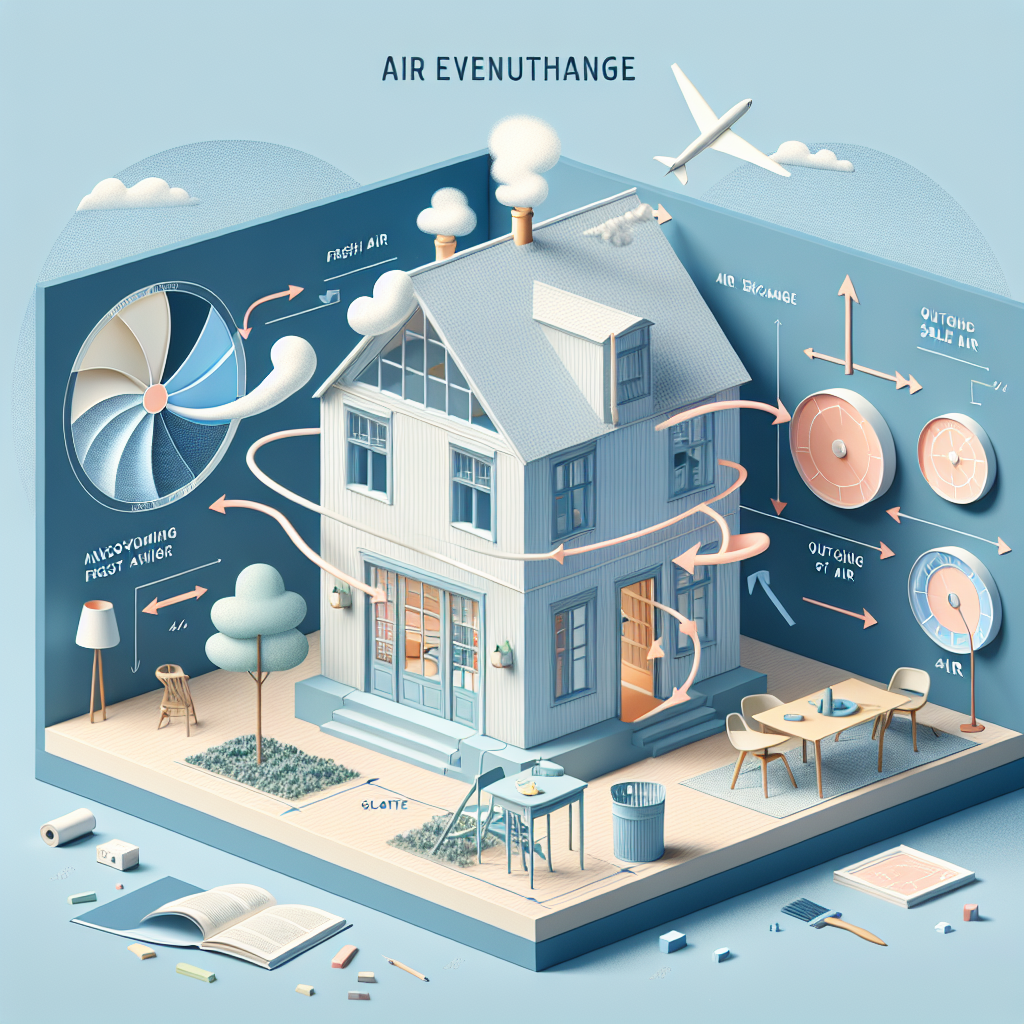Ventilation is an essential aspect of maintaining a healthy indoor environment. Proper ventilation helps to remove contaminants, regulate temperature, and reduce moisture levels in a space. Understanding the basics of air exchange is crucial for ensuring that your home or building is adequately ventilated.
Air exchange refers to the process of replacing stale indoor air with fresh outdoor air. This exchange is necessary to improve air quality and create a comfortable living or working environment. There are several key components to consider when it comes to ventilation and air exchange.
One important factor to consider is the ventilation rate, which is the amount of outdoor air that needs to be brought into a space to maintain air quality. The ventilation rate is typically measured in cubic feet per minute (CFM) and is influenced by factors such as the size of the space, the number of occupants, and the activities taking place within the space.
Another important consideration is the type of ventilation system being used. There are several different types of ventilation systems, including natural ventilation, mechanical ventilation, and hybrid ventilation systems. Natural ventilation relies on passive airflow through windows, doors, and vents, while mechanical ventilation uses fans and ductwork to bring in fresh air and exhaust stale air. Hybrid ventilation systems combine elements of both natural and mechanical ventilation to provide optimal air exchange.
Proper ventilation also involves the use of air filters to remove contaminants and allergens from the air. Filters should be regularly cleaned or replaced to ensure that they are functioning effectively. Additionally, it is important to consider the placement of vents and air intakes to ensure that fresh air is being distributed evenly throughout the space.
Inadequate ventilation can lead to a variety of health issues, including respiratory problems, allergies, and asthma. It can also contribute to the growth of mold and mildew, as well as unpleasant odors. By understanding the basics of air exchange and implementing proper ventilation practices, you can create a healthier and more comfortable indoor environment for yourself and your loved ones.
In conclusion, ventilation plays a crucial role in maintaining a healthy indoor environment. By understanding the basics of air exchange and implementing proper ventilation practices, you can ensure that your home or building is properly ventilated and that the air quality is optimal. Remember to consider factors such as ventilation rate, ventilation system type, air filter maintenance, and vent placement to create a comfortable and healthy living or working space.


Leave a Reply